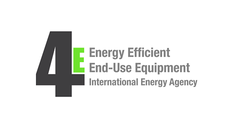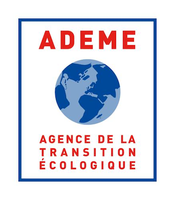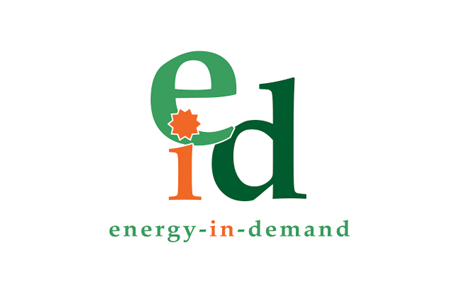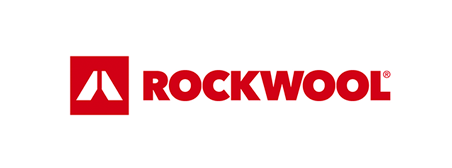Search eceee proceedings
Preferences for thermal retrofits in co-owned buildings: A discrete choice experiment with landlords and owner-occupiers in France
Panel: 7. Policies and programmes for better buildings
Authors:
Carine SEBI, GRENOBLE ECOLE DE MANAGEMENT Univ Grenoble Alpes ComUE, France
Marie-Charlotte Guetlein, Grenoble Ecole de Management, France
Valeria Fanghella, Grenoble Ecole de Management, France
Joachim Schleich, Grenoble Ecole de Management, France
Abstract
Thermal retrofit of existing buildings is a major challenge for the energy transition in France. While the country aims to reach a nearly zero energy level for all buildings by 2050, the share of existing buildings that have been retrofitted remains low. This is particularly true for the private condominium sector (28% of French building stock) where thermal retrofit decisions involve multiple actors and potentially conflicting incentives between different types of owners within the same building. Against this background, this paper elicits landlords’ and owner-occupiers' preferences for thermal retrofits in condominiums using a discrete choice experiment on a representative sample of the French population (N = 1268). In particular, we examine to what extent an unequal distribution of energy savings affects their propensity to engage in thermal retrofits. We also investigate preferences for different financing mechanisms.
Our results from mixed logit models show that both types of owners prefer retrofits that lead to higher energy savings in absolute terms and in comparison to other owners of condominiums in the same building. For financing schemes, both types of owners dislike long-term loans and are indifferent between financing the retrofit through an increase in condominium fees or through credit payments.
Finally, the propensity to engage in retrofit increases if loan can be transferred to the next owner in case the condominium is sold. We then investigate preference heterogeneity using a latent class model. We identify three classes with different preferences for the attributes of the thermal retrofit: Class 1 (64% of the sample) and Class 2 (31%) are in favour of implementing the renovation; however, they differ in terms of preferred financing mechanisms: while class 1 prefers charges and loans payment, class 2 prefers cash payment. Class 3 (5%) oppose to the renovation. We explain class membership using respondents’ socio-demographic characteristics and preferences (such as debt aversion). Our results have implications for the design of policies for thermal retrofits, particularly for the financing mechanisms.
Downloads
Download this display as pdf: 7-056-22_Sebi_display.pdf
Panels of
1. Dynamics of consumption: less is more?
2. Efficiency and beyond: innovative energy demand policies
3. Policy, finance and governance
4. Monitoring and evaluation for a wise, just and inclusive transition
5. Towards sustainable and resilient communities
6. Energy-efficient and low-carbon mobility for all
7. Policies and programmes for better buildings
8. Innovations in products, systems and building technologies



























